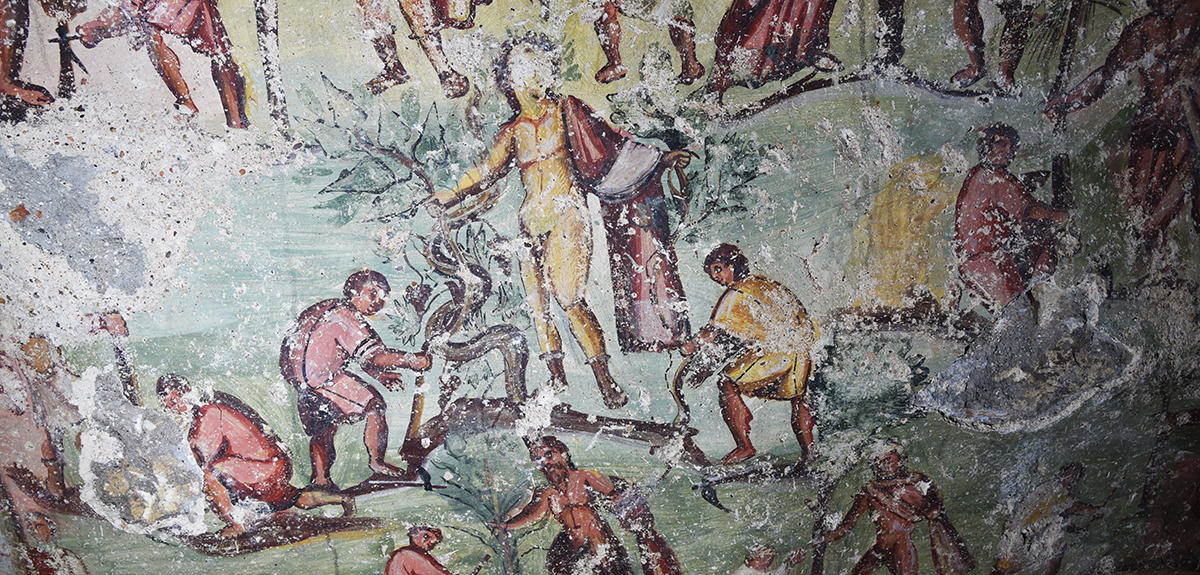
The archaeologists cannot bless roadwork enough. Especially in Jordan. It's just that certain thrusts of the mechanical shovel, such as the one in late 2016 at the school entrance in the village of Bayt Ras, in the north of the country, have a knack for unearthing secrets from the depths of the past. In the present case, it is a Roman tomb that was dug into the side of a hill, and whose existence was just revealed by the Department of Antiquities of Jordan, after securing access to the site.
"This tomb, which consists of two funerary chambers and contains a very large basalt sarcophagus, is in an excellent state of conservation, even though it appears to have already been 'visited.' It is part of a necropolis located to the east of an imposing theater that was recently unearthed," says with enthusiasm Julien Aliquot, one of the three researchers from the research unit Histoire et sources des mondes antiques (HiSoMA),1 which had investigated this hypogeum in the spring of 2017 and 2018, as part of two on-site surveys. "The tomb is located on the site of the ancient city of Capitolias, which was founded in the late first century CE, and was part of the Decapolis, a region that brought together Hellenized cities (provided with Greek-style institutions but belonging to the Roman Empire) in the southeastern area of the Near East, between Damascus and Amman."
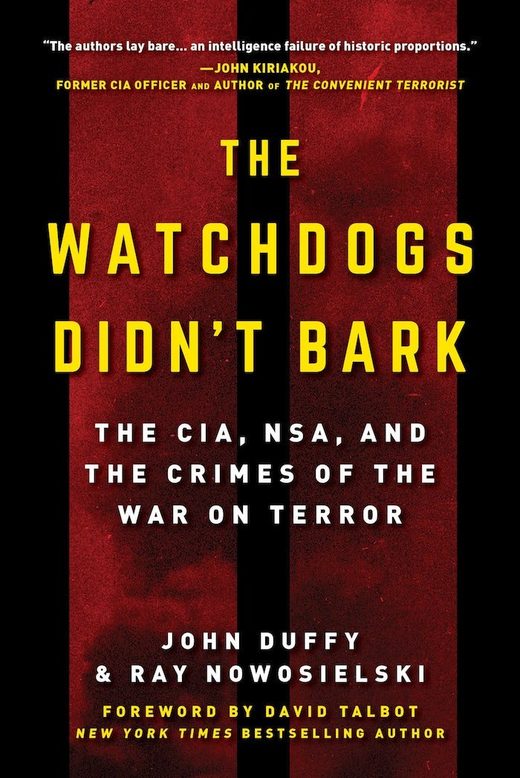

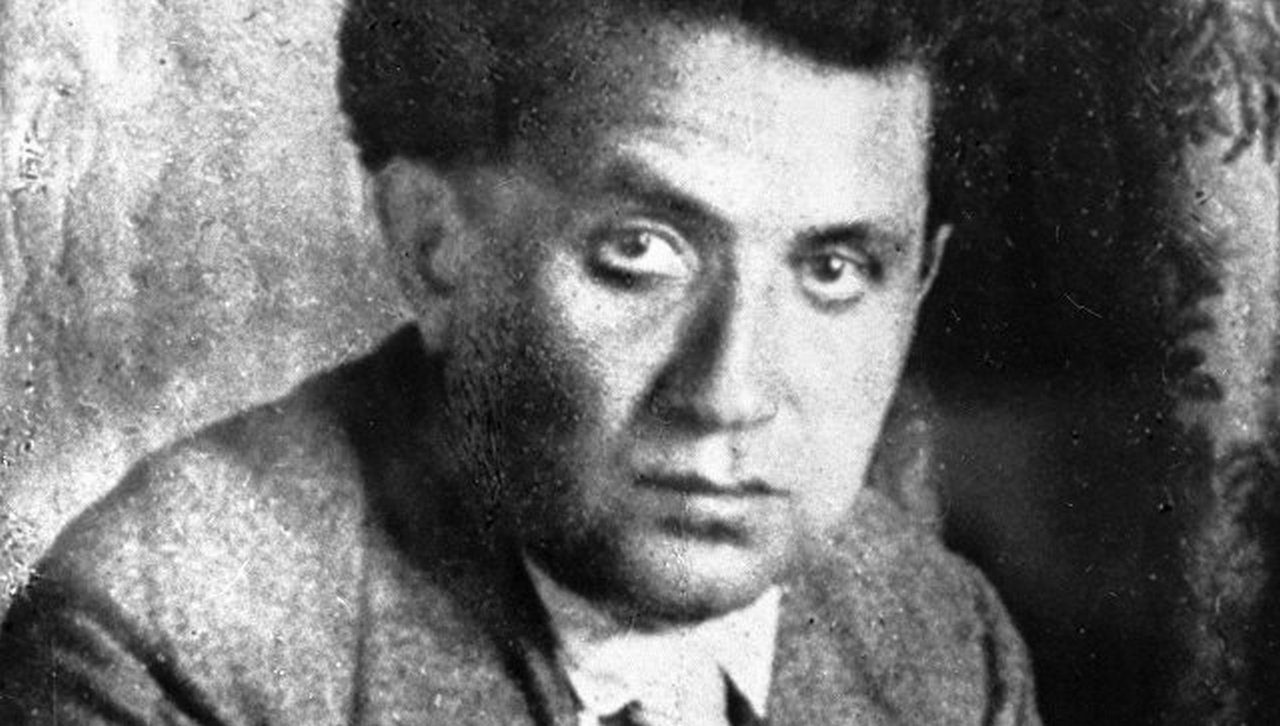
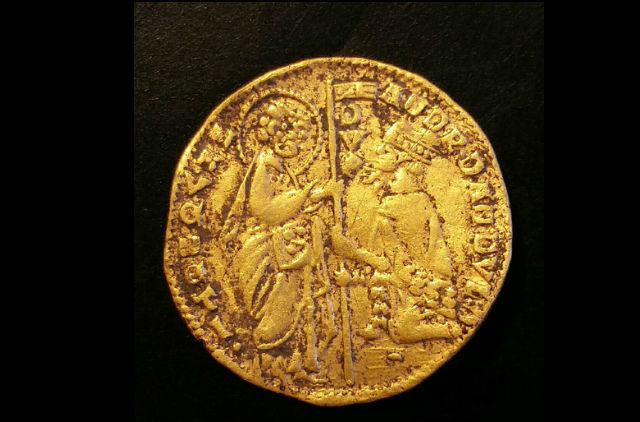
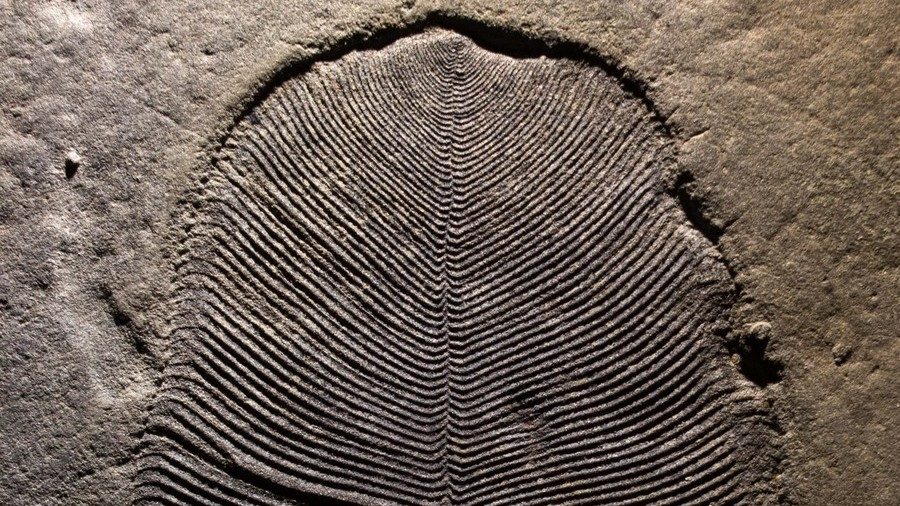
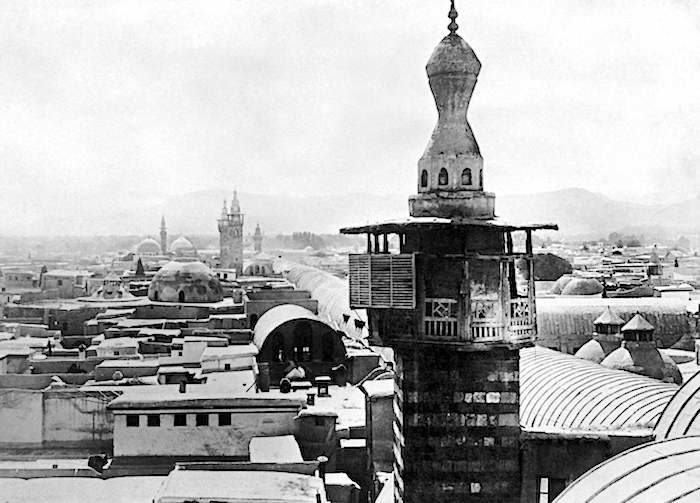

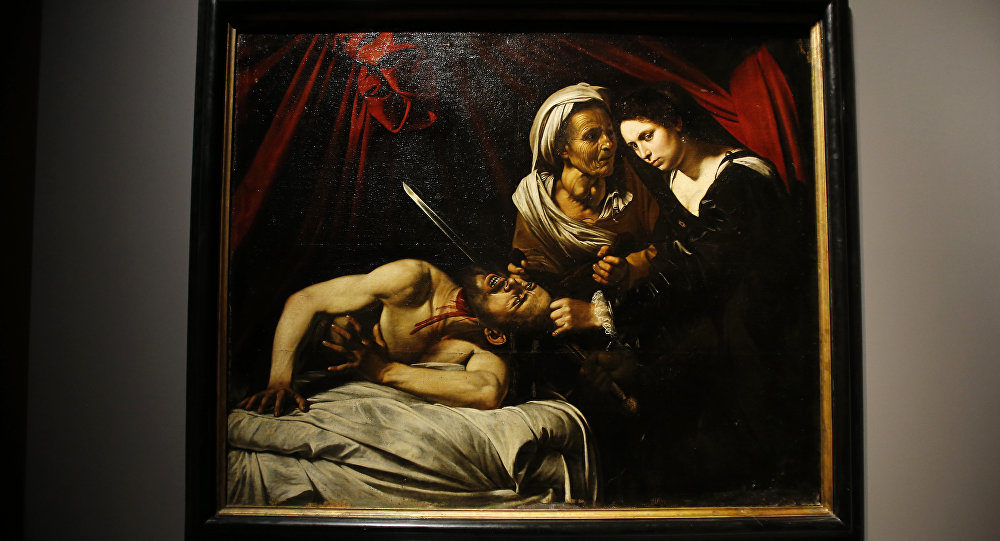
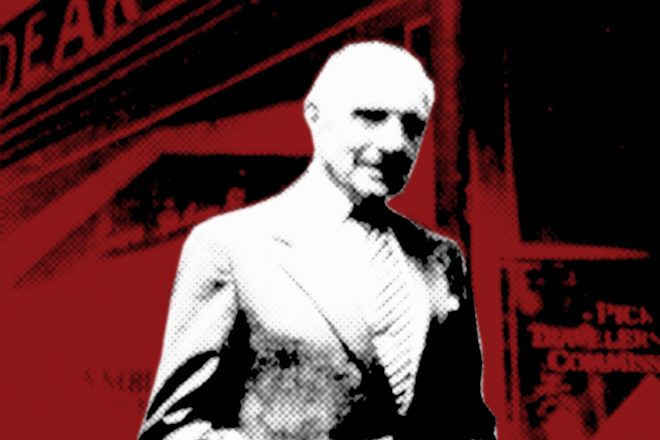



Comment: The "red letter ploy appears to have its U.S. counterpart.
'Golden Showers': Repeat of 1924 Zinoviev letters that damaged UK Labour party?